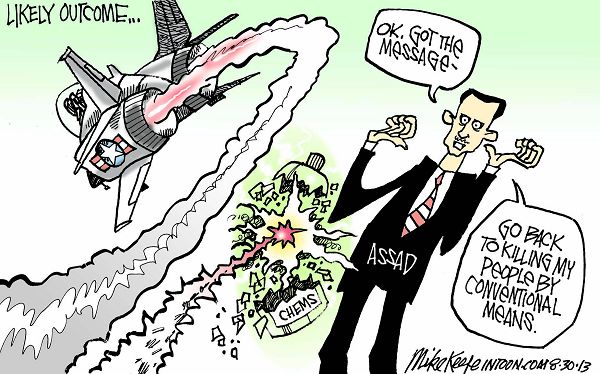Syrian lives are propaganda pieces in a cynical global power struggle, with each side wanting to get public opinion over to its side
By Sajid Aziz
On the 18th of April, 2018, international media all over the world circulated harrowing videos of children and young men, seemingly suffering from asphyxiation. The videos showed the aftermath of a suspected chemical weapons attack by the Syrian government in Douma, the last bastion of rebel forces in Eastern Ghouta. More than 70 people, most of them children and women, were killed while hundreds more were affected. Both Russia and the Syrian government denied accusations that held them responsible for the attack.
In an attempt to acquit itself off the attack, Moscow has been flagging a video of an ‘independent’ Russian journalist in which the accounts of the same victims have been presented to make a case contrary to what those videos allege. In reality, subsequent reports found the location of this video to be at a Syrian military facility where Russian forces were present, and not on the ground in Douma as the journalist who created the video claims.
There have been three major chemical weapons attacks in Syria, including the suspected one in Douma. Besides these attacks, there have been multiple other cases of chemical weapons use in the traumatised country. The Syrian government first used chemical weapons in Eastern Ghouta in August 2013, breaching the so-called ‘red-line’ the Obama administration had set in 2012. This led to an intense bout of diplomacy by the US and Russia, which eventually culminated in the creation of the Framework for Elimination of Syrian Chemical Weapons and to Syria acceding to the Chemical Weapons Convention.
By the 20th of August, 2014, OPCW claimed that it had destroyed all declared chemical weapons in Syria. The second major chemical attack in Khan Sheikhoun in April 2017, however, came as a rude shock for OPCW, leading it to claim that the Syrian government had been misleading the organisation for the past three years. OPCW inspectors, moreover, have visited two gas sites in Douma and have collected samples from ground zero, but are yet to come up with definite conclusions.
Without waiting for the outcome of these investigations, moreover, the US along with France and Britain launched airstrikes against certain Syrian research and military targets in Damascus and Homs. The putative aim of the attacks was to punish the Assad regime for its use of suspected chemical weapons and to deter it from committing such attacks in the future. In reality, how effective these strikes were in undermining the Syrian regime’s ability to launch a similar attack was left unexplained.
As the inspection teams in Douma read the samples, the Syrian government and its allies, along with the rebel forces and their proponents continue to indulge in a war of words and narratives. It is thus important to discuss the suspected chemical attack in Douma in the larger political context in Syria, and to assess each party’s claims, question them and speculate strategic rationales for their political actions.
In recent years, the Syrian government has held the upper hand in the war. It has geographically displaced ISIS from Palmyra, has routed rebel forces in eastern Aleppo, and extended its security forces’ reach in eastern and southern borders. Moreover, the Syrian government along with Russia has been making peace deals with rebel forces in which militant leaders were allowed to move to Idlib, the last bastion of militant groups.
The Russian-led talks in Astana, despite their failures, have been more effective than the UN-led Geneva talks, in trying to find a negotiated settlement to the Syrian conundrum.
The question thus emerges that why would the Syrian government use chemical weapons at a time when it was successfully ‘winning’ the war through conventional warfare and peace deals?
On the other hand, rebel forces also have recourse to plausible stories that claim to highlight Assad’s guilt in the attacks. Since the inception of the Syrian uprising, the Assad regime has used brute force to cling to power. Moreover, this is not the first time the Syrian government has used chemical weapons to punish people and to defeat rebel forces.
As to the claim made by Russia and its allies, that the footage was doctored to provoke foreign military intervention, it raises a few fundamental questions. Why would rebel forces in Douma expect a foreign military intervention in response to the use of chemical weapons now, when past chemical weapons attacks were met only with condemnation?
Moreover, if American and other western forces were really interested in regime change in Syria, they would have established a No-Fly Zone to protect rebel forces, as they did in Libya, and would have provided the rebels with anti-aircraft missiles as a bulwark against the Syrian government’s airstrikes.
As both sides indulge in presenting their own narratives, a Syrian blogger aptly summed up the situation: ‘Syrian lives are propaganda pieces in a cynical global power struggle, [with] each side wanting to get public opinion over to its side. And yes, journalists are at the forefront of this. We are sick of this, we just want to end the war and be left alone.’
The writer works as a researcher in the Islamabad Policy Research Institute (IPRI)
‘Courtesy Daily Times’.


